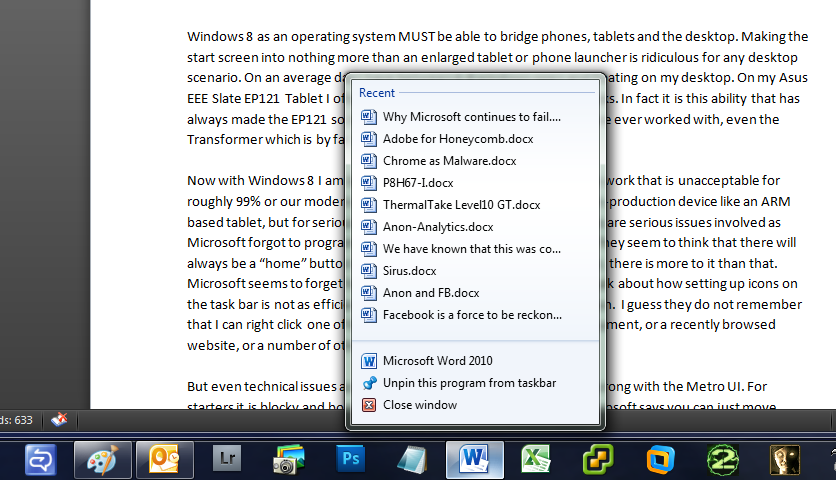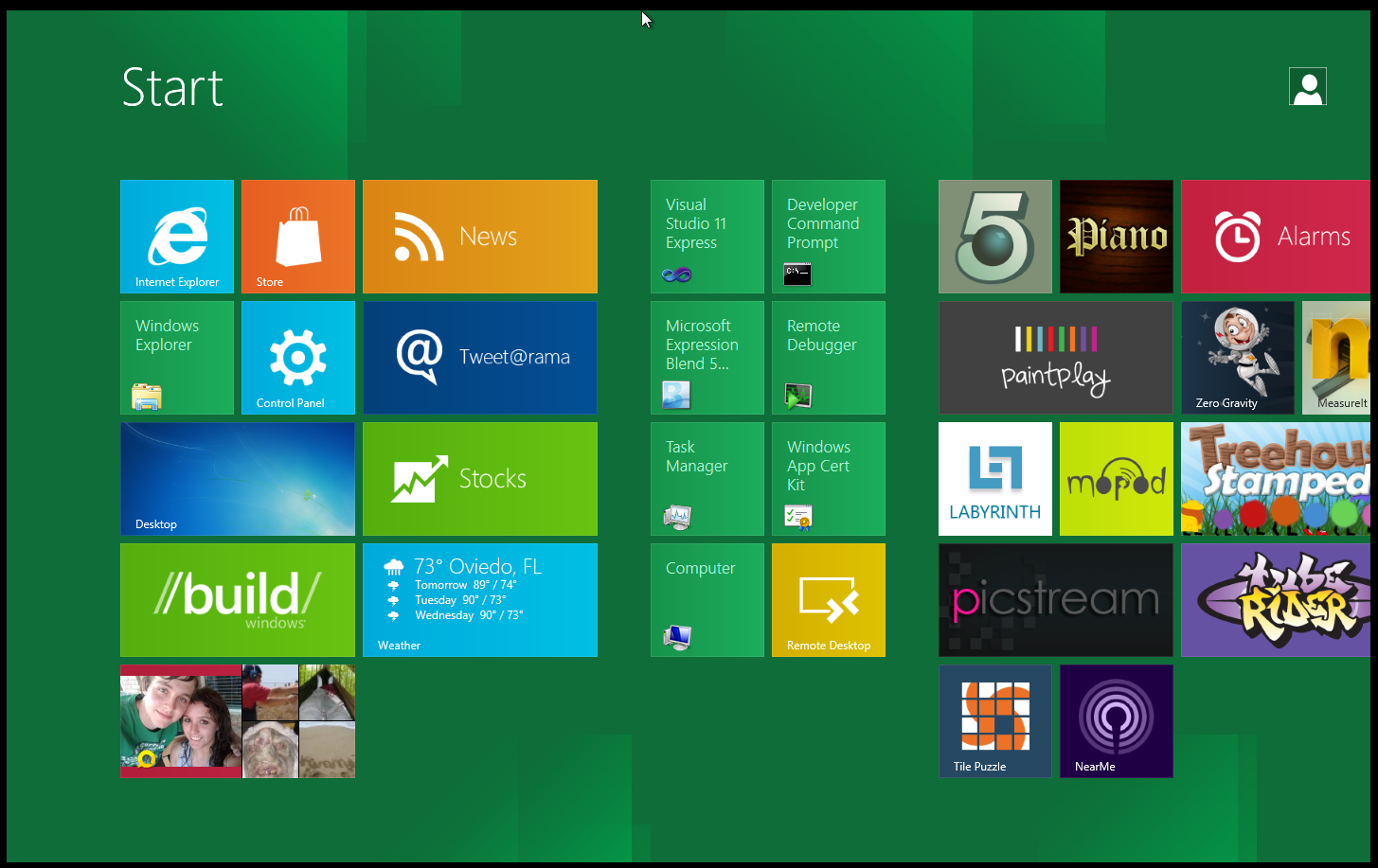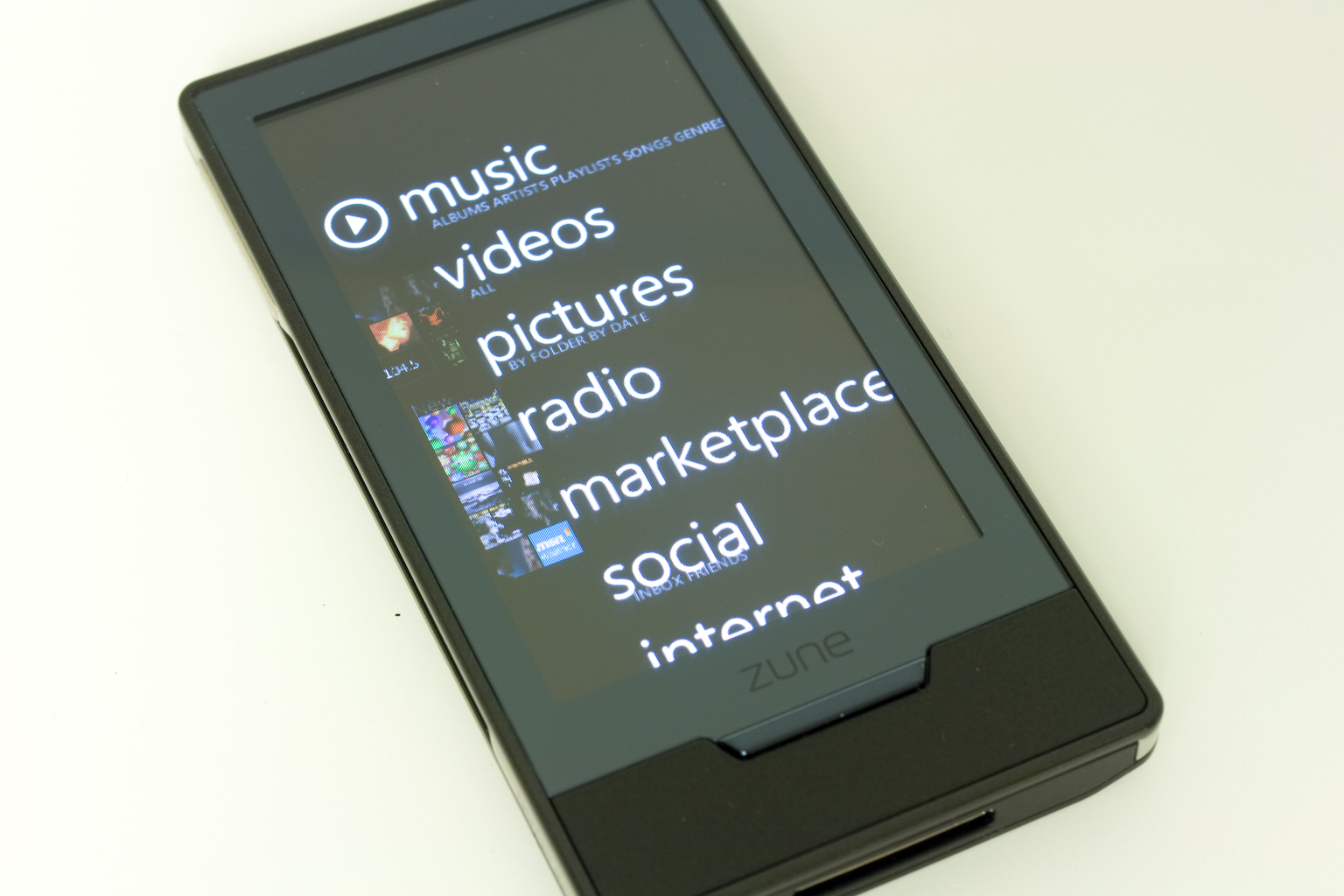Editorials
 Google has just released an extension that allows remote control of any system that has the Chrome Web Browser installed. Although still in the Beta stages Google claims that this add-in for their browser will help IT organizations to more easily manage systems in their networks and is completely cross-platform allowing access to Windows, Linux, Macs and even Chromebooks. The interface is probably very similar to other free browser based remote software like join.me, got to my pc, and the plethora of others that are out there. We are also pretty sure that it is just as insecure as these services which have all be compromised in one way or the other. In fact to the best of my knowledge only join.me has not been breached and that is because it does not install a permanent client. It is an on demand service that leaves very little to no trace after you close out the session.
Google has just released an extension that allows remote control of any system that has the Chrome Web Browser installed. Although still in the Beta stages Google claims that this add-in for their browser will help IT organizations to more easily manage systems in their networks and is completely cross-platform allowing access to Windows, Linux, Macs and even Chromebooks. The interface is probably very similar to other free browser based remote software like join.me, got to my pc, and the plethora of others that are out there. We are also pretty sure that it is just as insecure as these services which have all be compromised in one way or the other. In fact to the best of my knowledge only join.me has not been breached and that is because it does not install a permanent client. It is an on demand service that leaves very little to no trace after you close out the session.
Now, there is a danger that in inherent with any remote control software that resides on a computer as there is always the theoretical chance that someone can gain access to that API and exploit it. In fact it is not the remote control extension that I have a problem with (unless Google embeds it in the browser). Instead I am seeing a pattern that I think it being missed by not only the press but by the mainstream users out there.
Let’s take a look at what we have going on and see if you can spot the issue. Not all that long ago Google released a new API called Chrome Frame that allowed elevated permissions to be granted this API. This meant that users who normally cannot install applications would be allowed to install this API. This maneuver is very underhanded and quite shady. Forcing elevated privileges is a technique used by more than a few people with malicious intent and it makes me wonder about Google’s motivations here.
Next up on the Google hit list was and “false” positive from Microsoft’s Security Essentials which identified Chrome as the W32/Zbot Trojan Horse. When you combine this with Google’s known habit of data collection of their users (ever track what Chrome, Google Toolbar and Google Desktop are doing?) it was not a shock to see this happen. In fact I am surprised that it has not happened sooner.
Now we see a remote control API being added in. I am becoming more and more concerned with Google’s motives and what their end-state is. Plus let’s not forget that the ChromeOS is based entirely off of the Chrome browser. Some of you may remember that this bundling of browser and OS got Microsoft into serious trouble, not once but twice. Where is the outcry over this operating system? I see none from the public or the Government. I guess it helps to have your CEO as the President’s technology advisor.
I think it is time for everyone to take a long hard look at that Google is really doing. I have a feeling that if this is done, you might find that you do not like many of the liberties they are taking with your searches, your web habits and even your personal data.
Discuss in our Forum
- Details
- By Sean Kalinich
- Hits: 3441
 Remember how we told you not too long ago that Microsoft was being smart by working on a tablet friendly version of Windows 8? (Which they have been trying very hard to screw up) Well, one of the things we said about this was the people want a tablet that can do real production work. We have seen this in our own tinkering with multiple tablets from the iPad, iPad2, Transformer and the Flagship tablet, the Asus EEE Slate EP 121. Out of all of these, the only one that we can actually do full production work on is the EP121. Oddly enough (not really) it is also the only one of the group that runs on Windows 7.
Remember how we told you not too long ago that Microsoft was being smart by working on a tablet friendly version of Windows 8? (Which they have been trying very hard to screw up) Well, one of the things we said about this was the people want a tablet that can do real production work. We have seen this in our own tinkering with multiple tablets from the iPad, iPad2, Transformer and the Flagship tablet, the Asus EEE Slate EP 121. Out of all of these, the only one that we can actually do full production work on is the EP121. Oddly enough (not really) it is also the only one of the group that runs on Windows 7.
Don’t get me wrong; I love the Transformer (we will have a review of that up soon) for its versatility and ease of use. It is a great little tool and easy to transport. However, there are no real productivity apps available for it. I have tried all of the office suites from Documents to Go, Apple’s Pages, to Quick Office. None of them can compete with Office 2010; even Pages (which comes closest) cannot cut it. The tools and flow are not there, it is as simple as that.
It seems that this is not just my opinion on the subject, but a majority of consumers in both the US and China. According to a poll taken by the Boston Consulting Group and another one by Forrester earlier this year over 40 % of US consumers would like a Windows Based Tablet. BCG’s numbers came in at 42% while the Forrester report showed a nice 46% wanted a Windows based tablet. The remaining 50%+ was not all iOS either. Forrester claimed that 9% were interested in Android while 16% wanted iOS. BCG’s study claimed that 20% were interested in Android while 27% were looking into an iOS based tablet.
These numbers are only shocking when you leave out what people really want from their devices. They want a seamless experience. One thing that bugs me about having a desktop, laptop, and two different tablets is that to do anything on the Transformer I have to format it differently (especially videos). On the other Windows based devices, I just move files back and forth or put them in my Asus Cloud Drive account (if they are not important or need security). Of course it also does not mean they want something like the EP121. While I love my EEE Slate, it can be bulky and is awkward to use with the keyboard at times. No what they want is something like the Tab or the Transformer, but running all of their favorite Windows software (including Office); this is what will finally bring the tablet home for many people.
So it seems that I am not the only one that feels that Windows is making the right (if somewhat late) move to a more tablet based OS and will only increase their potential for profit by coding for ARM (something they should have done with Windows 7). Of course… that is saying they do not alienate all of their potential customers by failing to grasp what the market really wants in a tablet.
Source All things D
Discuss in our Forum
- Details
- By Sean Kalinich
- Hits: 2435
 Microsoft is at it again it seems. Sometimes I do not know what goes on in some of their meetings. After hearing the many complaints about the new Metro UI (also known as the Start Screen) Microsoft is choosing to defend it instead of working to make it a more workable product for everyone. This is from the latest Building Windows 8 Blog where we are treated to comments like “But, when you’re launching a new app, you’re leaving the thing you’re currently doing. So we wanted to take advantage of the whole screen to make launching and switching apps as efficient as possible” that are intended to make the MetroUI acceptable. The logic here is that you only want to use on Application at a time. This though process is not only ludicrous it shows an incredible lack of vision.
Microsoft is at it again it seems. Sometimes I do not know what goes on in some of their meetings. After hearing the many complaints about the new Metro UI (also known as the Start Screen) Microsoft is choosing to defend it instead of working to make it a more workable product for everyone. This is from the latest Building Windows 8 Blog where we are treated to comments like “But, when you’re launching a new app, you’re leaving the thing you’re currently doing. So we wanted to take advantage of the whole screen to make launching and switching apps as efficient as possible” that are intended to make the MetroUI acceptable. The logic here is that you only want to use on Application at a time. This though process is not only ludicrous it shows an incredible lack of vision.
Windows 8 as an operating system MUST be able to bridge phones, tablets and the desktop. Making the start screen into nothing more than an enlarged tablet or phone launcher is ridiculous for any desktop scenario. On an average day I have between 6-8 windows open and floating on my desktop. On my Asus EEE Slate EP121 Tablet I often have 2-3 open just to do my normal tasks. In fact it is this ability that has always made the EP121 so much more attractive than any tablet I have ever worked with, even the Transformer which is by far my favorite non-Windows system. 
Now with Windows 8 I am being forced to work inside the very frame work that is unacceptable for roughly 99% or our modern productivity work. Sure it is nice for a non-production device like an ARM based tablet, but for serious work it is a joke. Even on the tablet there are serious issues involved as Microsoft forgot to program little things like a back option in the UI. They seem to think that there will always be a “home” button to take you back when needed. However, there is more to it than that. Microsoft seems to forget how Windows 7 works. In their blog they talk about how setting up icons on the task bar is not as efficient as large square icons all over your screen. I guess they do not remember that I can right click one of those and with ease open up a recent document, or a recently browsed website, or a number of other things. 
But even technical issues aside there is still quite a few other things wrong with the Metro UI. For starters it is blocky and boring and a pain in the ass to customize. Microsoft says you can just move things around; we tried it and unless we followed a certain pattern every time we had one of the larger rectangular “live links” we were stuck with gaps in the flow of the screen. We also had to be conscious of where we tried to put these links, they would not just arrange on the screen like with Android or iOS, they wanted to clump together. Personally I like the idea of standard icons and my choice of widgets that provide me with the information I want to see. Not a predetermined set of blocks that I cannot customize or adjust to suit my needs.
Microsoft, you are doing it again and you really need to pay attention. The Windows Phone UI is not popular; it is not a major selling point of Windows Phone so you really need to stop trying to force it on desktop users, if you do not (or at least allow it to be turned on and off) you will have another Vista on your hands which is something you really do not want at this time.
Discuss in our Forum
- Details
- By Sean Kalinich
- Hits: 2430
 So Apple had their little press event yesterday. The Hype was there, the buildup was there, and even the usual plethora of rumors was there. However, sadly neither Steve Jobs nor an exciting new product was there. We watched a little bit of the event, but after a while when we did not see the normal euphoric responses from the press we got bored and moved on to something else.
So Apple had their little press event yesterday. The Hype was there, the buildup was there, and even the usual plethora of rumors was there. However, sadly neither Steve Jobs nor an exciting new product was there. We watched a little bit of the event, but after a while when we did not see the normal euphoric responses from the press we got bored and moved on to something else.
This morning we decided to check out the “morning after” reports and were rather surprised to see that the majority of analysts felt the same way that I did. The reactions went from mildly disappointed to one headline that stated that people should not bother waiting in line for this one. The impact was also felt in Apple’s wallet as their stock prices several point before rebounding, but leaving Apple a little over 1% down from their normal lofty height. In fact at one point during the trading Apple lost close to 13 Billion (with a B) in market value.
Why all of the antics and the sour grapes? Well here is the deal, remember that yesterday we talked about how Microsoft runs on the “build it and they will come” school of business? Well we are actually seeing Apple fall into that. Instead of launching a device that is truly revolutionary Apple gave us a phone that matches the core specifications of phones that have been on the market for months. Yes Apple has caught up to HTC, Samsung, and others in terms of CPU (the dual core A5) and memory. However, Apple failed to match any of them in terms of connection speed. So you are buying a phone that will have an average speed slower than many other phones on the market.
Some of the Apple fans have chimed in with comments saying Apple left of 4G to preserve battery life and other things of that nature, but in reality these are excuses to cover the fact that Apple did not have anything real to offer at this time. The iPhone 4S is a kneejerk reaction to the success of phones like the HTC Evo 3D, the Samsung Galaxy IIS (which Apple is desperately trying to bury) and others. These phones are gaining in popularity for their speed, style, and flexibility. This is driving Apple nuts as they have been used to being the only game in town.
All hope is not lost though. Apple did do something very smart; they are partnering up with Sprint. Before you scoff at that statement I want you to think about one of the biggest complaints about the iPhone in recent years; data plan caps. Anyone remember the outcry when AT&T capped their data plans? Or when Verizon did right after they started offering the iPhone? Both times the actions of these carriers angered their customers. Sprint has already announced that they are going to maintain unlimited data for their new iPhone 4S customers. This is sure to bring in some customers from AT&T and Verizon that are tired of watching their data each month. It will also convert a few exiting Sprint customers that are looking to upgrade from their older Android phones (like the Original EVO and its horrible batter life).
Apple will gain a few new customers and will sell the iPhone 4S to its existing fan base, but in the end this is not a magical or revolutionary device and Apple may find it harder to spin this one and charm the press into thinking it is something more than device to play catch up with the competition. We have our own review (on Sprit) planned for this one and will let you know how it fares against the Dual Core HTC Evo 3D. For now, let’s all sit back and see what Apple does to compensate for the less than stellar response from the press and the market.
Discuss this in our Forum
- Details
- By Sean Kalinich
- Hits: 2842
 One of the things that continues to annoy me about Microsoft is their constant failures. These failures are not due to product failures. The products they make are pretty solid; no it is because Microsoft fails to understand the market they are competing in. In the Operating system market Microsoft truly only has one competitor. I know I am annoying the Linux guys when I say this but Apple is their only real competition when it comes to the desktop OS. The same thing can be said for their Productivity suite Office. Even Mac owners use Office for Mac. Again I know there are multiple open source office products but even the most popular of them cannot compete with Microsoft sales in this area.
One of the things that continues to annoy me about Microsoft is their constant failures. These failures are not due to product failures. The products they make are pretty solid; no it is because Microsoft fails to understand the market they are competing in. In the Operating system market Microsoft truly only has one competitor. I know I am annoying the Linux guys when I say this but Apple is their only real competition when it comes to the desktop OS. The same thing can be said for their Productivity suite Office. Even Mac owners use Office for Mac. Again I know there are multiple open source office products but even the most popular of them cannot compete with Microsoft sales in this area.
- Details
- By Sean Kalinich
- Hits: 7132
More Articles …
Page 83 of 89



